
eLearning Heroes #413
Let’s go “under to hood” a bit, if you’re new at all to Storyline or still learning some workflows and like to see how other people do stuff, the next video will show my actual Story file. Lightboxes are a built in feature that’s easy to use (you just click “Lightbox” and pick a slide in triggers). The slides you are lightboxing are just designed normally as slides, and Storyline does the lightbox and close button for you (you can edit some of this with JavaScript, though I didn’t in this case). I find lightboxes a bit of a challenge not to actual navigation but to my view of navigation and I tend to sort them into their own scenes, as you can see in the video. I also tend to favor tabbing over lightboxing in many cases personally.

DEIAB is a Foundation, NOT a Coat of Paint
In no world, do I claim to be a DEIAB (Diversity, Equity, Inclusion, Accessibility, and Belonging) expert (though I’ve been in rooms/spaces where I am the one with the most expertise in some aspect of it, which sometimes is more about that room/space than my stellar expertise). But one thing I know and can’t express enough is: DEIAB must be foundational. But too many people, organizations, and institutions want it to be a coat of paint.
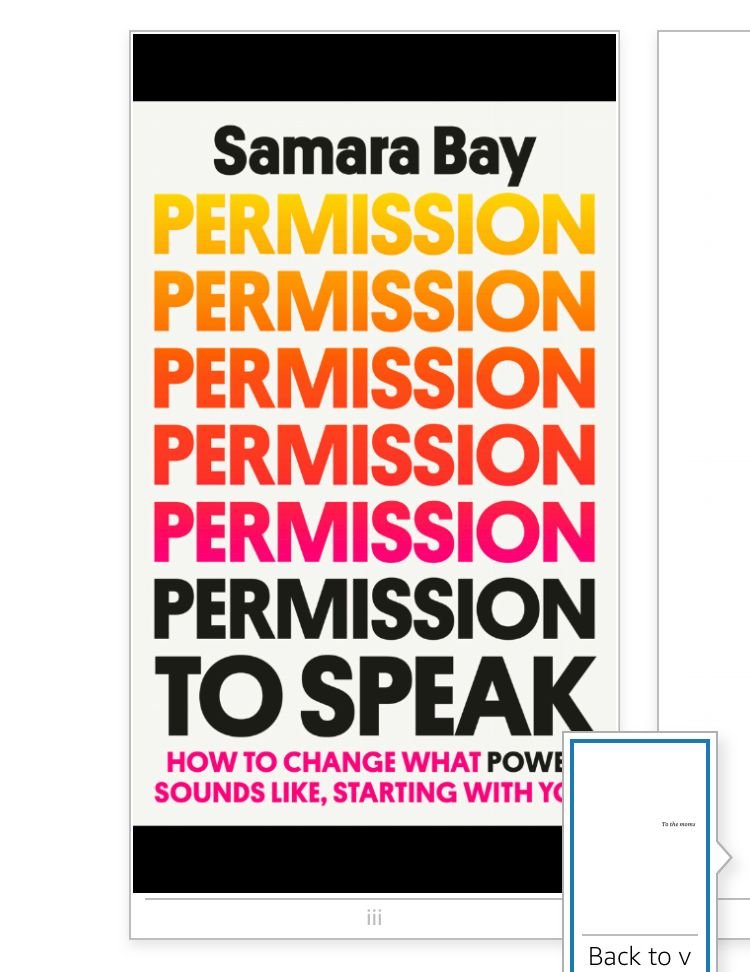
Book Review: Permission to Speak
I’m not “bothered” by speaking, but I also don’t necessarily seek it frequently. I’m introverted by nature, and I also have a habit of diminishing my voice. I’ve worked on this in informal settings (especially text based, like sending a message) and gotten over the idea “Someone else will say it better” or “I don’t need to speak here”. But it’s still in my head. I dislike any speaking feels self promotional, self aggrandizing, etc. and it can be uncomfortable to speak in certain settings aloud due to this.
I really liked this quote on that issue, from the book:“But if you consciously shift to thinking, I’m here to help my audience, you can disarm the panic button. Sounds tiny, right? But when we choose to look out at our audience with kindness and offer what we’ve got with generosity, we actually trigger an entirely different physiological response. The walls come down and we free ourselves to be ourselves. Which is not tiny at all.”
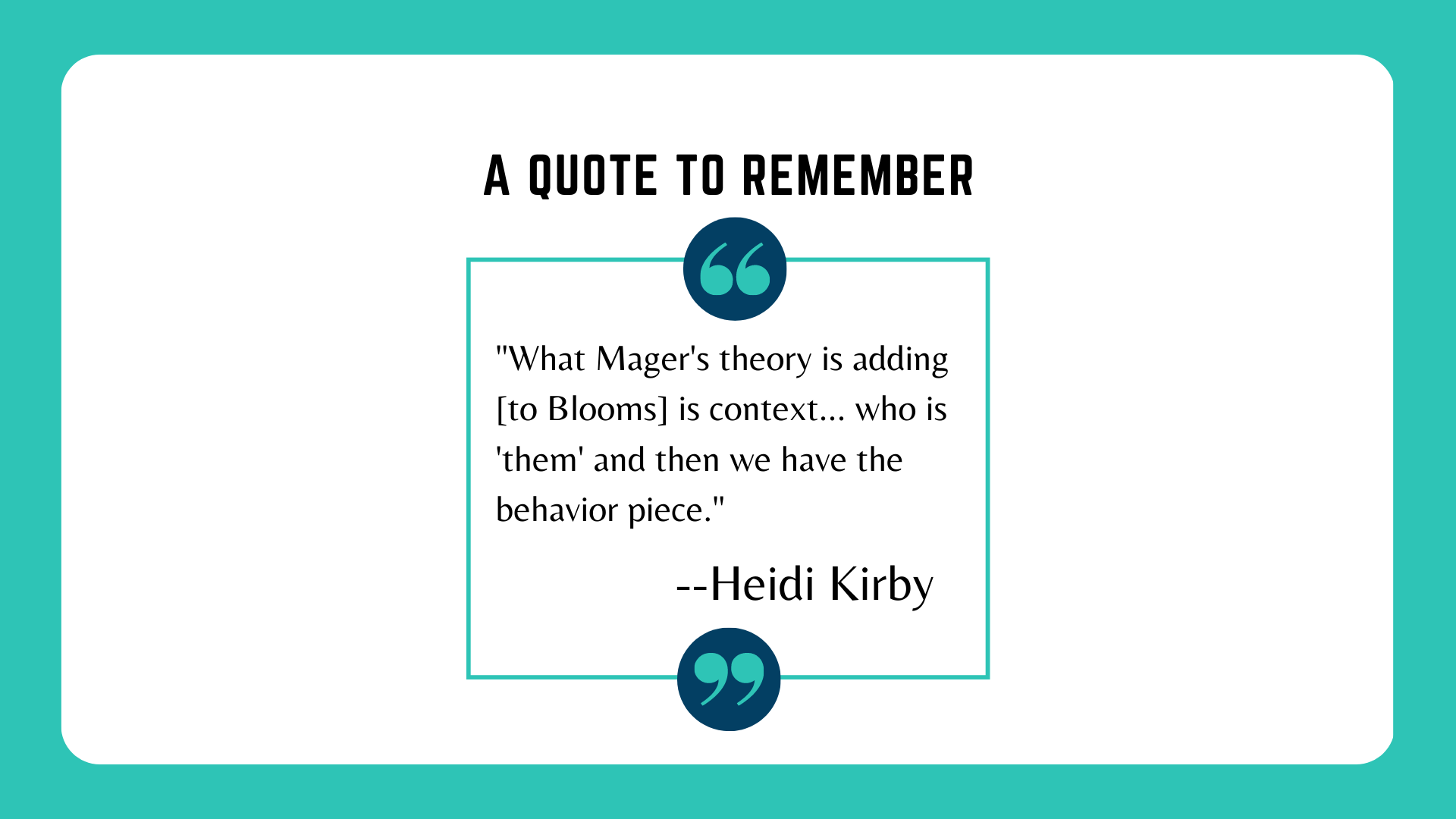
Recapping TLDC: Writing Learning Objectives (Dr. Heidi Kirby)
Heidi starts by introducing a familiar concept: Bloom’s, particularly the cognitive domain that most educators will have familiarity with. However, she also illustrates something people may not know: Blooms has other domains (Affective, Psychomotor) that should be considered. I have seen these considered in some K12 settings, particularly at the Elementary level and in CTE (Career Technical Education) courses, such as an ROTC program design, but I have also seen a lot of schools fall back onto purely Blooms or modern day 4-pt learning scales that align with things like Marzano and Danielsen, which really aren’t effective at writing skills-based objectives (I say as a former teacher, who taught skills-based classes as well as content-based ones). Heidi finally dives into Mager’s, the big mindset shift that she focuses on: contextualizing the learning you want to happen and the outcomes in performance.
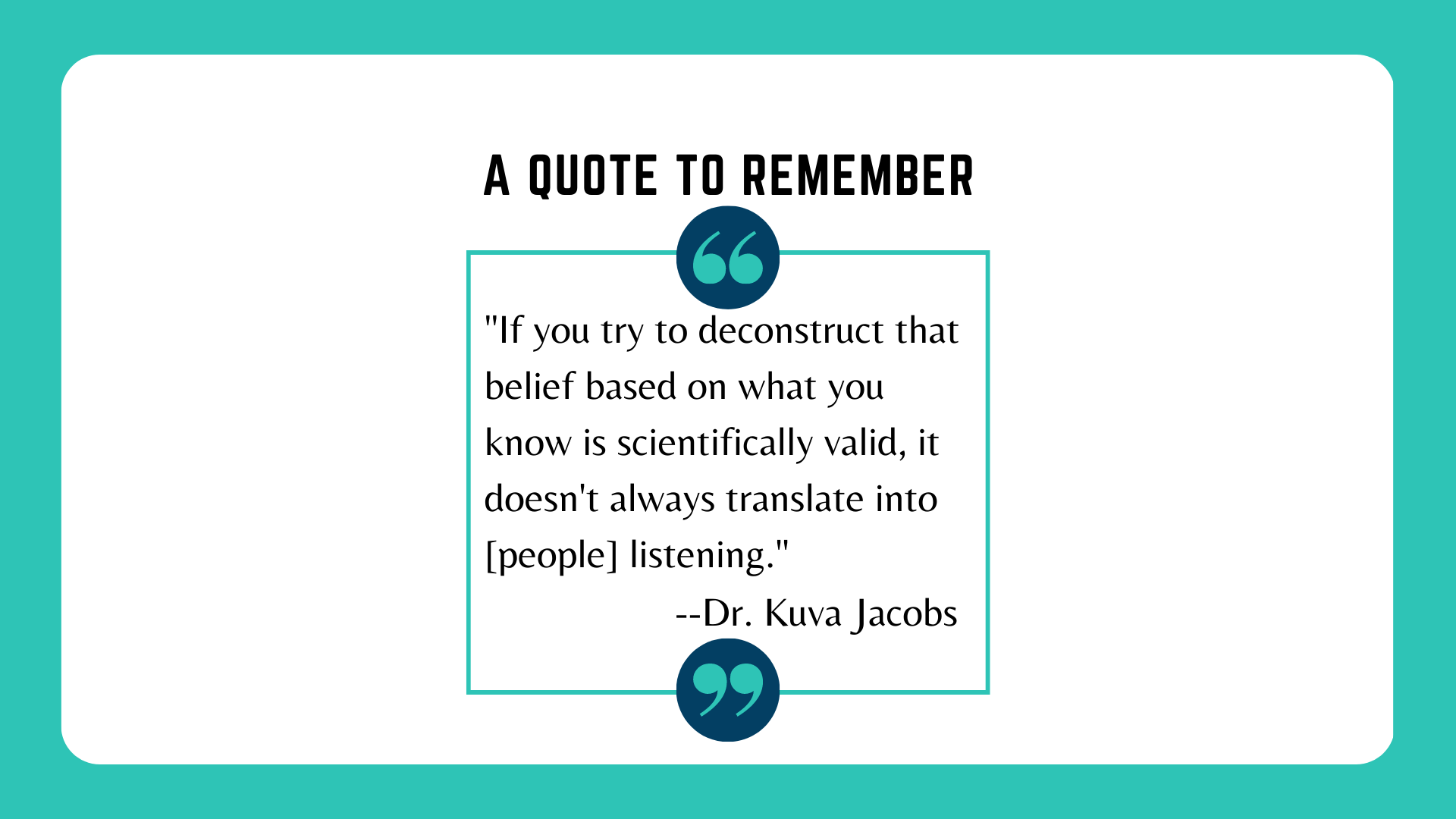
Recapping TLDC: Busting Learning Myths (Dr. Kuva Jacobs)
Summary: This one you a little bit just have to experience because of the Miro of it all! Dr. Kuva Jacobs does a great job making this session interactive by letting audience participation drive the discussion of learning myths. Myths come up such as “it’s easier to learn when you’re younger” and “it takes 10,000 hours to master something” and she addresses them. She also discusses her Learning Mythbusters group on LinkedIn (which is a great group to join — I enjoy it personally) and how we need to remember that when we see people perpetuate myths on social media, we still need to address them like a person because there’s a person behind that triangle post! It doesn’t necessarily help change minds or spread the truth to “bust” myths if we just fuss at someone they’re wrong/bad/stupid because they think learning styles are real.

Recapping TLDC: Evolving Tech Trends Beyond the LMS (Sara Stevick)
Sara introduces teachers to a variety of business technology solutions for learning in this conference, including some modern features of the LMS and where learning technology is beginning to overlap with business data analytics and human resources tools. She does a great job also covering the “why” of technological changes in business and the purpose of various tools: most of which comes down to better employee experience, creating and storing learning content, tracking and analyzing data to drive performance, and making systems work together efficiently within an organization.
I’ll point out she doesn’t focus on authoring tools and only really mentions them in response to questions. I think one big shift teachers struggle with is this: authoring tools are not all of the tools instructional designers use, and designing and developing content uses different tools than the analysis, implementation, and evaluation phase of instructional design may. What Sara highlights are all the technologies that help us implement, evaluate, and analyze learning solutions, not just design and develop them.
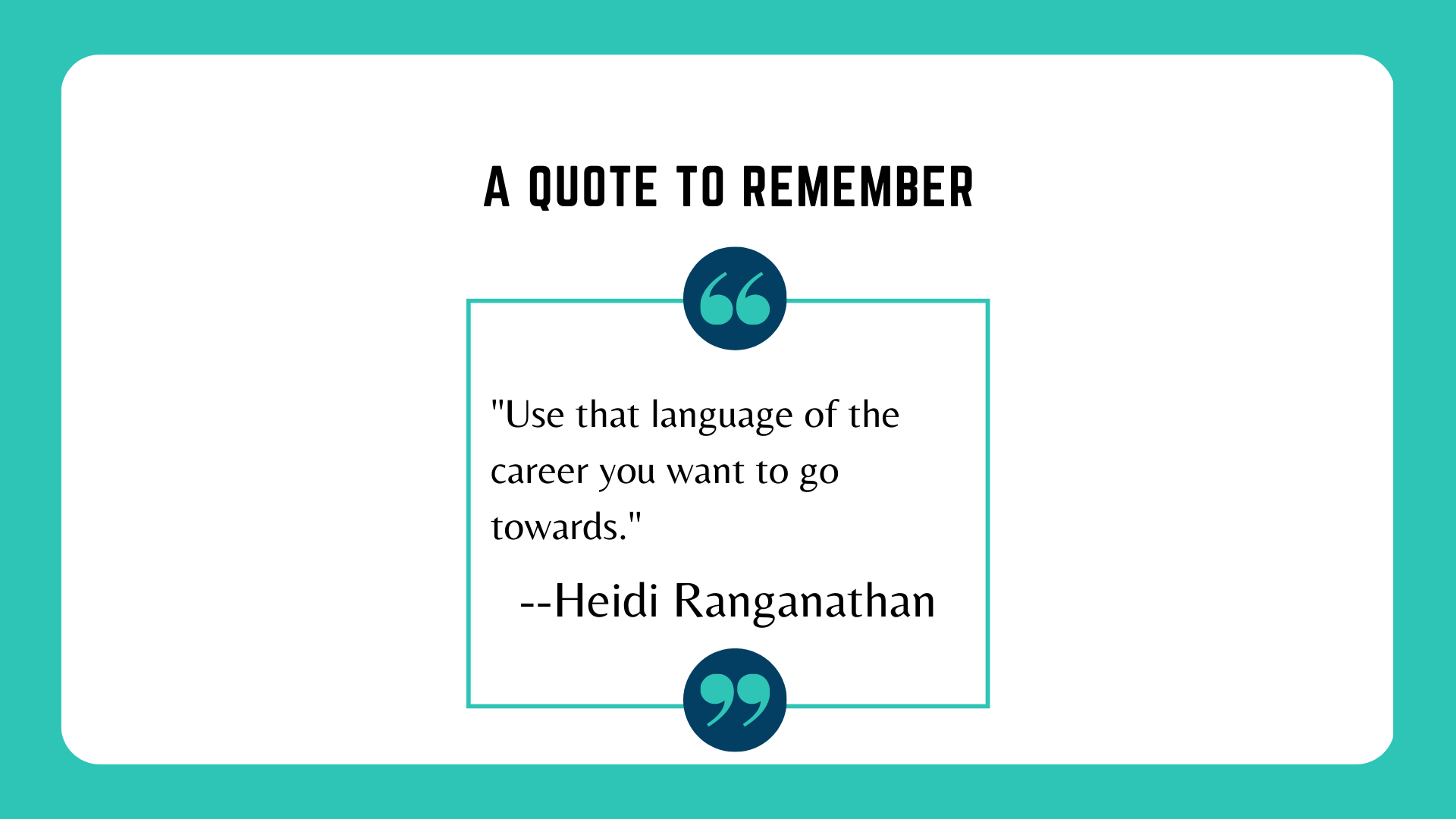
Recapping TLDC: Translating Teacher to ID Terminology (Heidi Ranganathan)
Heidi covered so many things! She covered what teachers do and some ways that might relate to various parts of Learning and Development (L&D) in order to help folks develop clarity towards the kind of niche they wanted to focus on in L&D. She gave basic career clarity tips, thinking about how to find a niche that works for you. Later, she focused in on instructional design and other duties within L&D roles in order to connect what you like to do and already do to the corporate field, with such great specific, concrete examples of instructional design terms. If you didn’t watch the video yet, her examples are extremely helpful so I deeply suggest it!
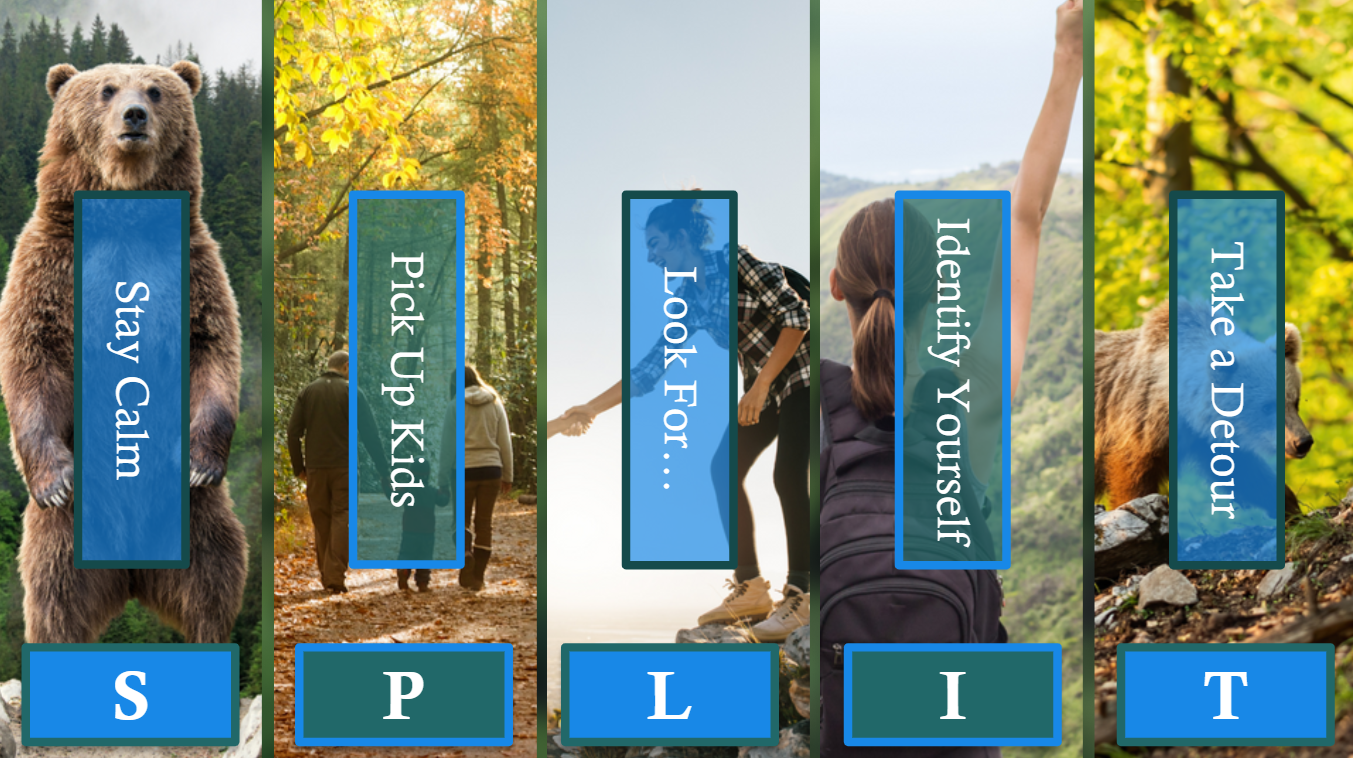
eLearning Heroes #403: Using Accordion Interactions in E-Learning (2023)
I finished this fairly early in the week but didn’t get to the video recap until late! This was a fun challenge I was eager to tackle because I always do enjoy a good accordion. Honestly, these are just all creative ways of chunking information, acting like the instructor with none present, silently guiding the learner to construct knowledge through steps and examples, one bit at a time, so they aren’t drinking from the firehouse, but it’s what rapid authoring tools do best, frankly.
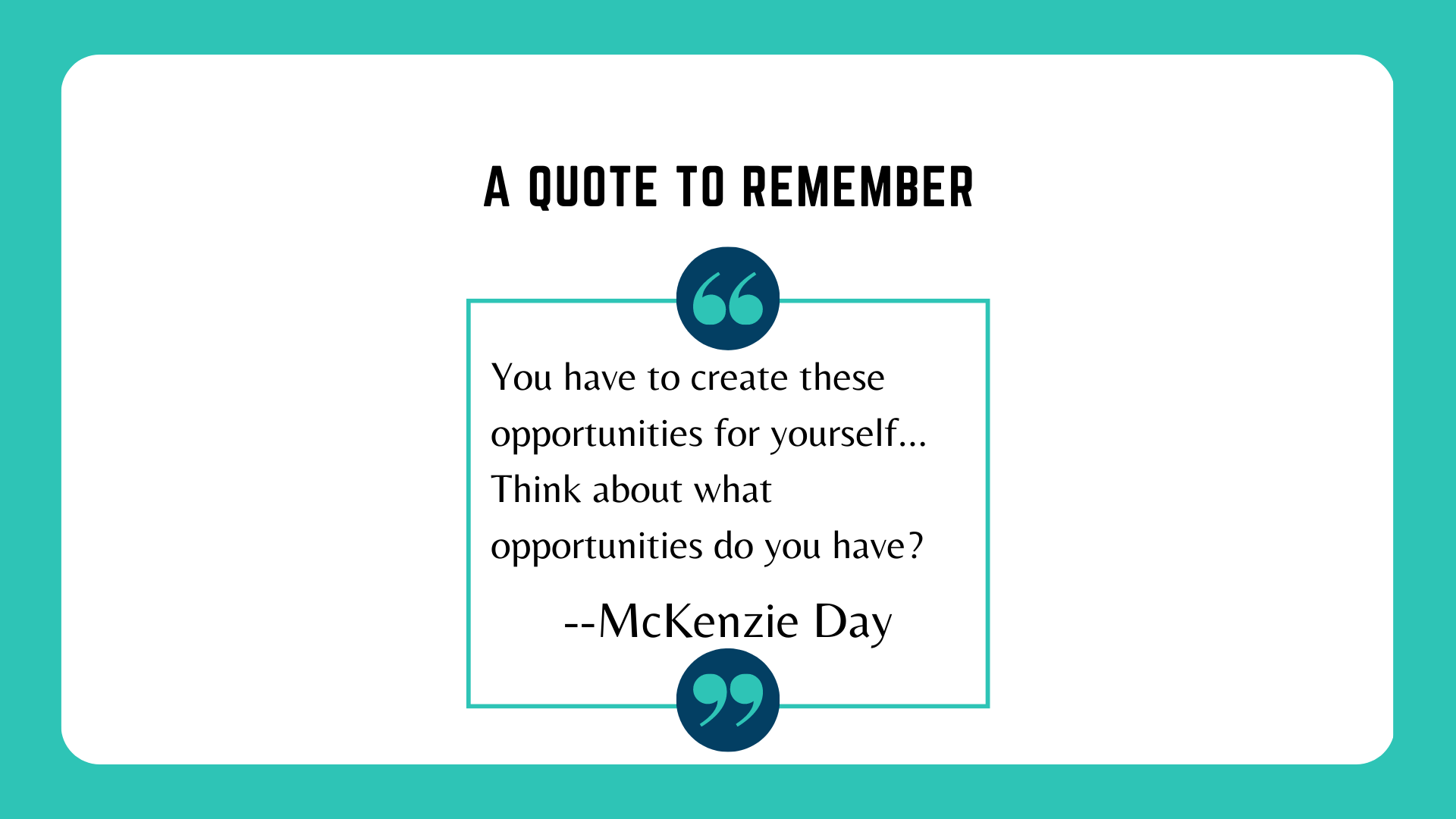
Recapping TLDC: Preparing for a Smooth Transition with McKenzie Day
McKenzie gave a very practical and useful presentation on her personal transition from the classroom with tips that teachers could use for their own. She walked through a mindset change, including accepting that you are leaving and what that entails, whether you tell people or not at your school. She then talked about making opportunities at your school, such as training other teachers by leading a professional development on a curriculum tool being the equivalent of “Train the Trainer” because they were going to go back and deliver learning in their classrooms based on your training. Finally, she talked about some efficient ways to upskill with tools teachers may already have by identifying the overlap.
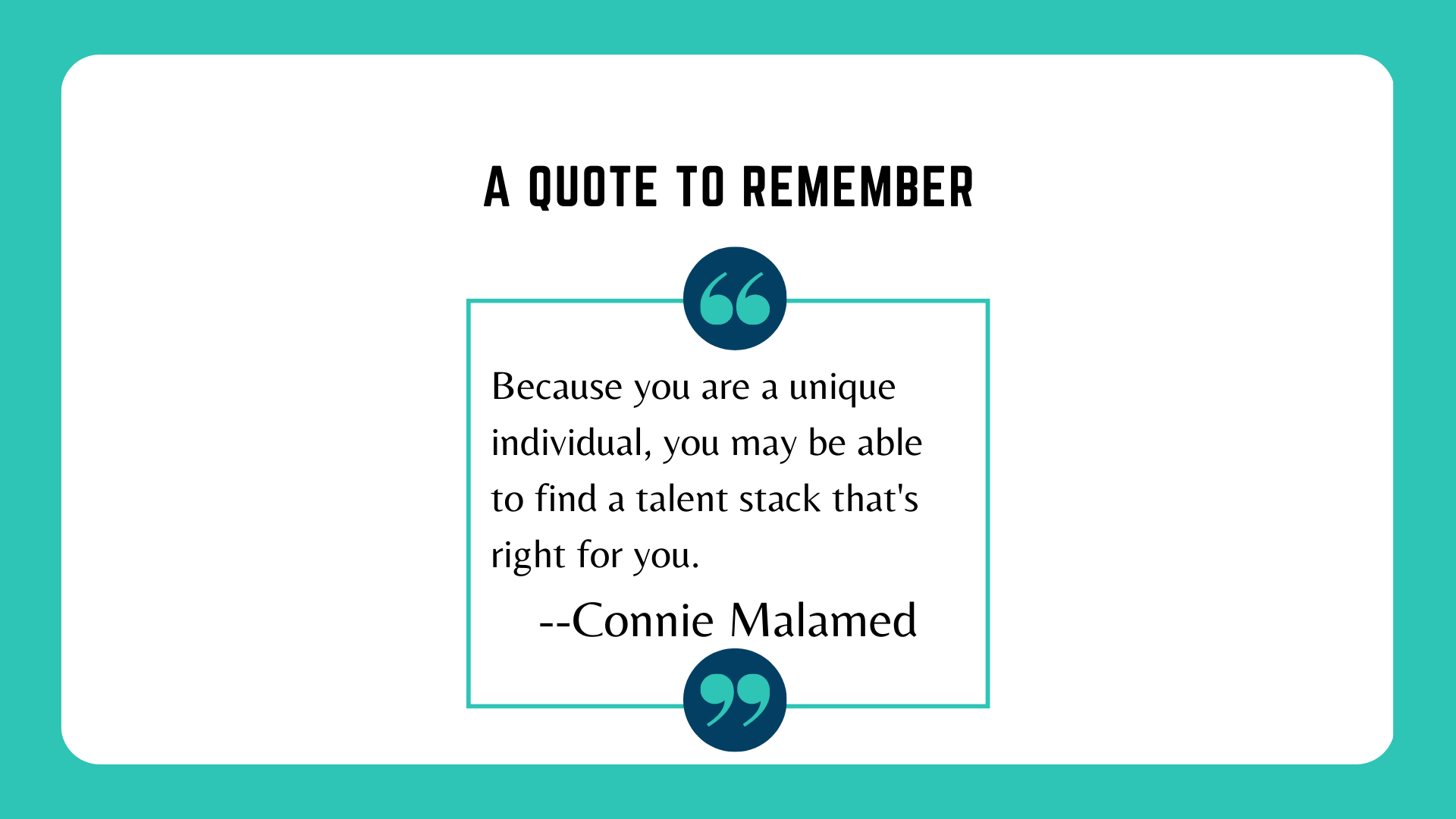
Recapping TLDC: Creating Your Future in Instructional Design with Connie Malamed
Connie gave a great overview of Instructional Design as a field (as well as eLearning specifically). She showed breakdowns of parts of the field and also potential “talent stacks” people in instructional design might have or want to develop in order to select the right path for them as an individual (she stressed the individual aspect). She discussed everything from mindset blocks people might have to different specialties they might seek. She gives an excellent chart breakdown of the field and four major areas from Cammy Bean and Ellen Wagner: Learning, Creativity, Technology, and Business are all aspects of the field. She also suggests examining niche roles (things like Community Manager and LMS Admin) and discusses the differences between different organization and team types. Most importantly, she discusses examining and considering your own “talent stack”, giving examples of stacks like Trainer, Writer, and Accessibility. Her insights were extremely clear. I love that she started with “What’s your mindset block?” because I so agree that can be a big barrier!
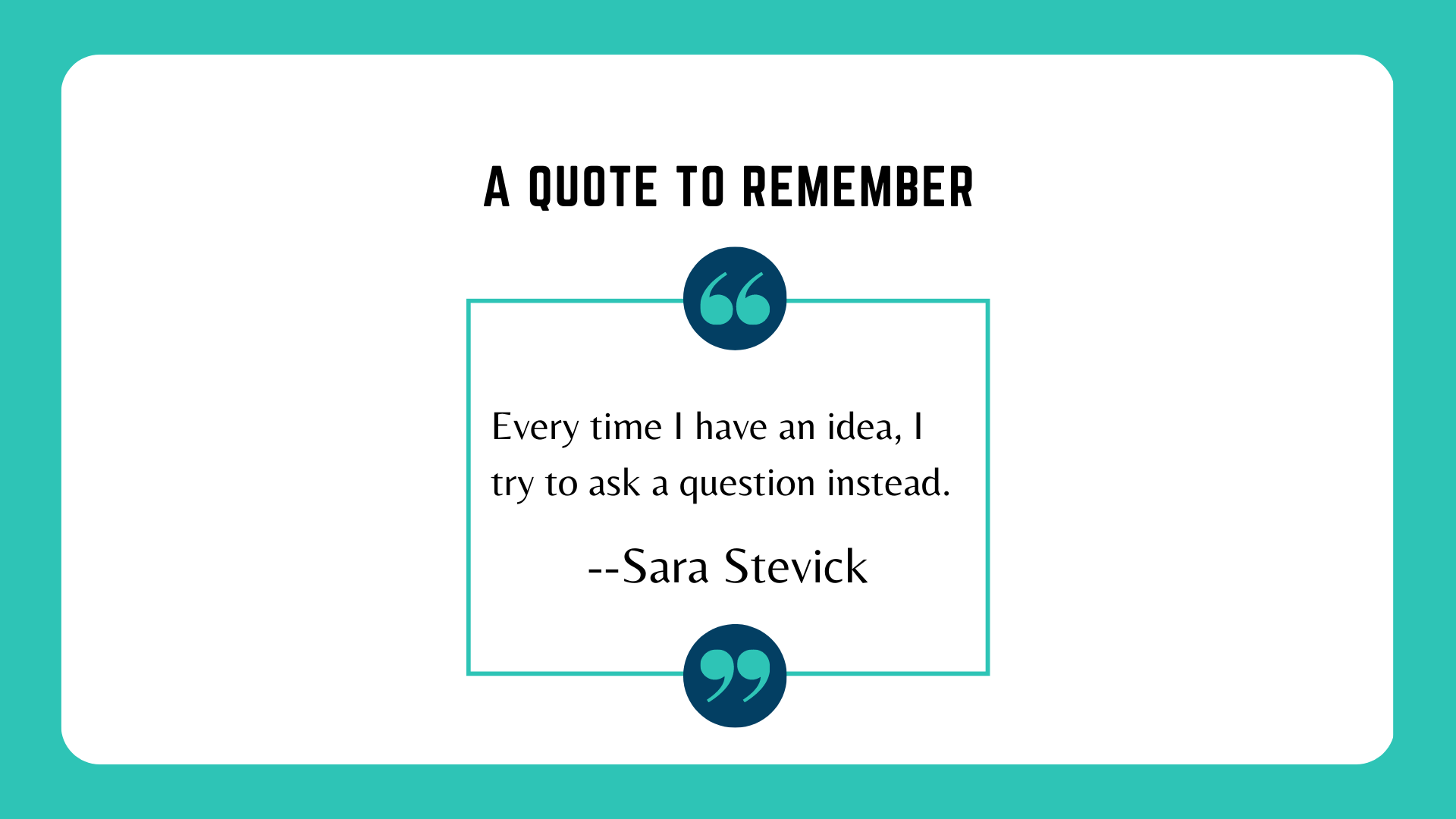
Recapping TLDC: Learning Culture in L&D (Sara Stevick)
This is a series of posts recapping and reacting to sessions from the recent January 2023 Training, Learning, and Development Community (TLDC) event to support teachers transitioning to L&D.
One thing I find interesting: schools are supposed to have robust learning cultures for staff too, but they often never get to this goal. That’s not really so different than challenges faced outside of education in some ways. But you have to “zoom out” of your classroom, and you also have to understand — as Sara said — the different goals and stakeholders involved. I feel like a comparison activity is a good mental shift here.
The point of this homework — and any of the homework I give — is to start getting you thinking critically about teaching vs. learning and development, how they intersect and where they differ, and to develop some understanding of business acumen. So this was a perfect place to start, with the very first session, because Sara refers back to business acumen over and over.

eLearning Heroes #402: Using Background Textures
Takeaways: I would use all of these covers but for different things. The 2nd one is the one I’m actually using for the local arts project (some texture, not maximum) but I’d use the plain one or a more intense one like the last one, just depending on the project or client. I do enjoy thinking about how to layer objects to create effective backgrounds and scenes as seen in the last screen of the Review. This was a fun, simple challenge eLearning Heroes gave us this week!

So much to learn, so little time! How do I prioritize?
One of the challenges for instructional designers (and probably many other fields) is that there is so much out there to learn and to delve deeply into anything, you really have to strategically prioritize.
Transitioning teachers I speak with and mentor will often ask What resources/courses/etc. should I take, what do I learn and where/how do I learn it, wanting a neat “path” to instructional design, and I really struggle with that. So, instead, I usually share my philosophy and how I learn new things and prioritize what to learn.
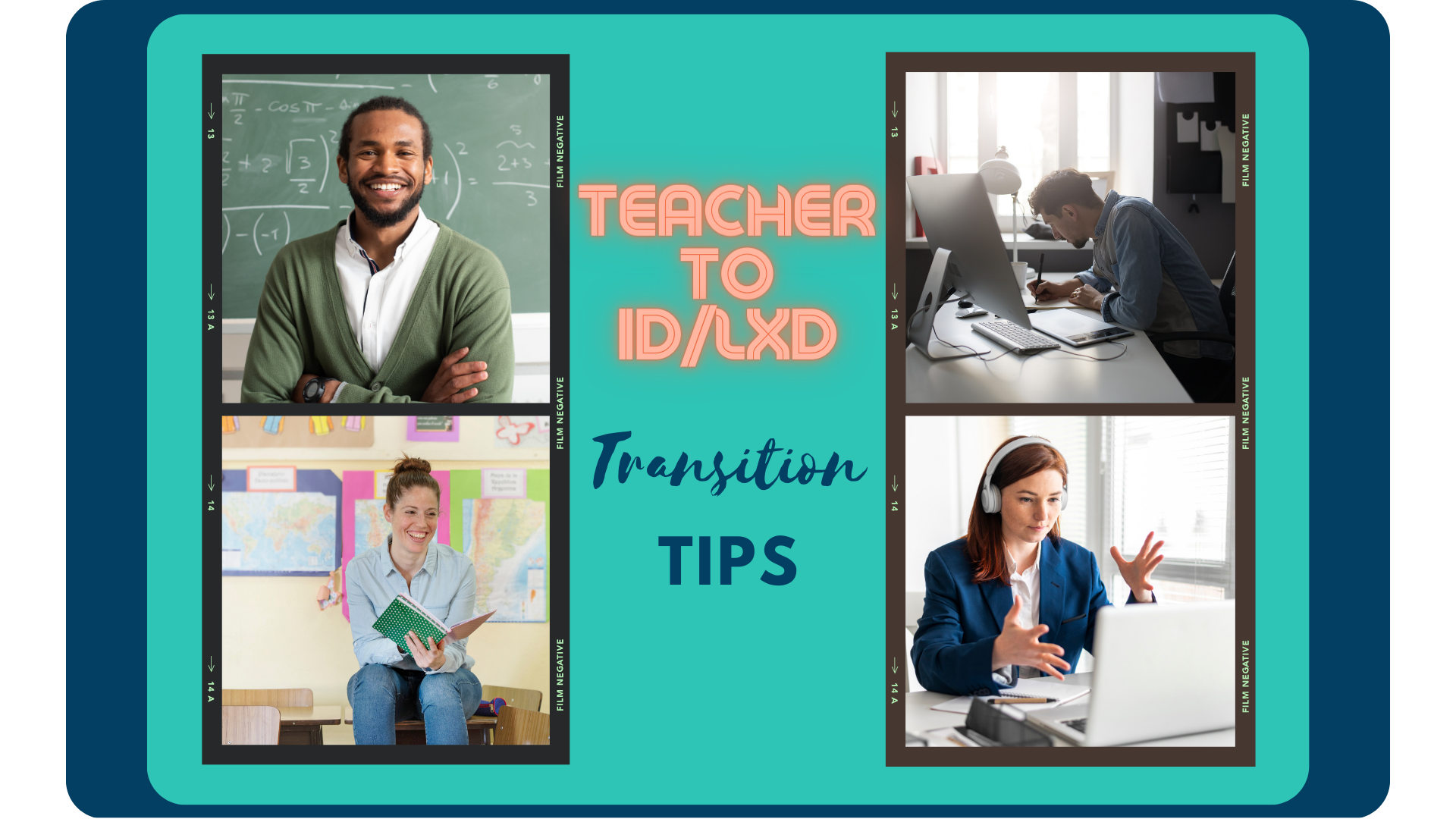
Transition Tip #4: Research Before Reaching Out
Before you reach out for advice, and definitely before you purchase anything, be really sure on what you want to do and what you want that advice to achieve. That’s where research comes in (and this is maybe doubly true for aspiring instructional designers, because I think it’s a field where this curiosity and inclination to research independently is crucial to performing). You don’t want to be too led by others advice or a chosen path.
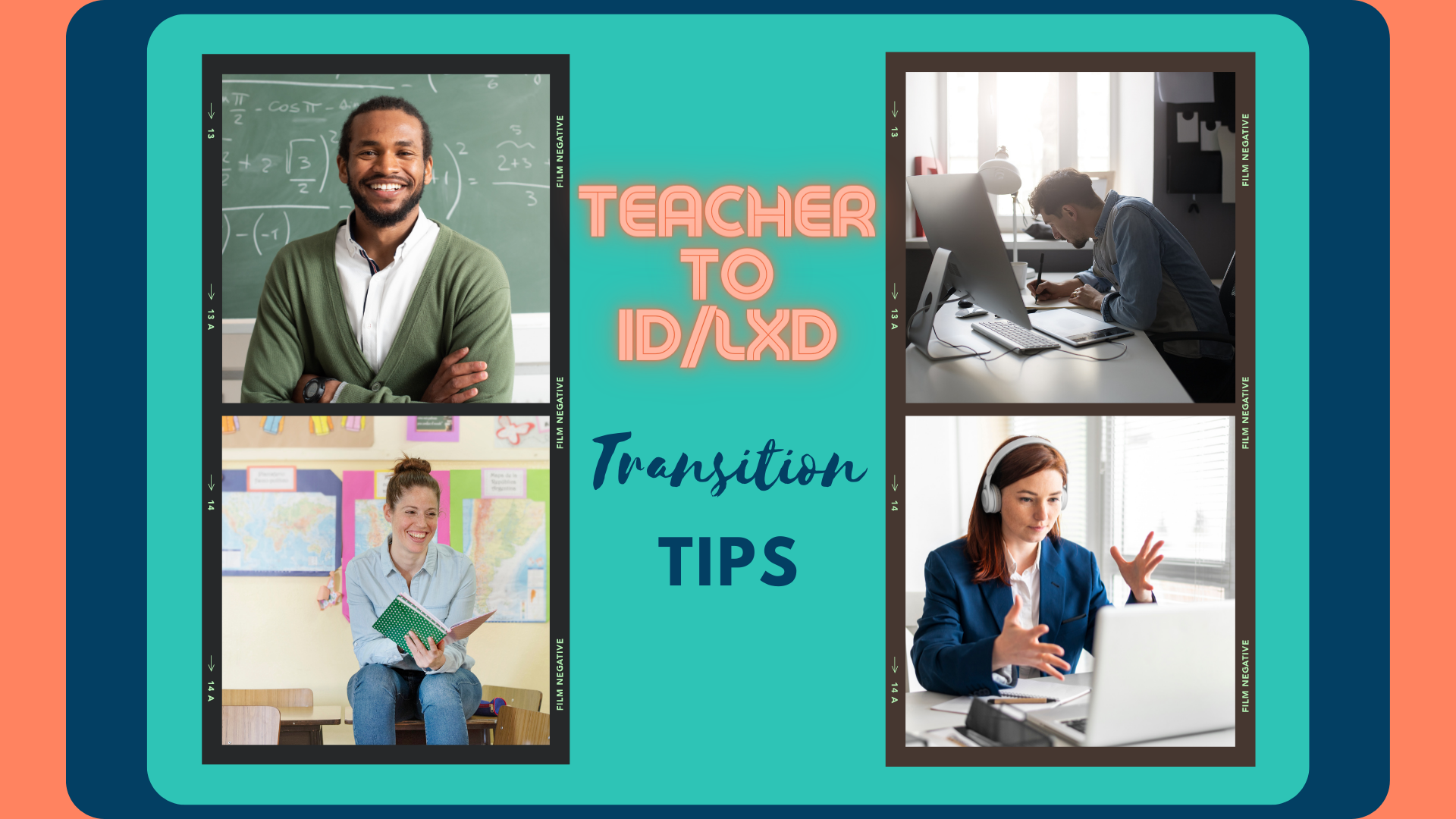
Transition Tip #3: Focus Your Resume
Don’t lie or exaggerate, but I have seen people bury the lede so to speak and throw the faculty training they did as department head for 30+ staff every month that brought up school wide reading scores last because they didn’t think it was that big a deal compared to managing 180 struggling high schoolers in their own reading classes. Or seen them put he schoolwide gap analysis they conducted to the last bullet because the bulk of their “day to day” was teaching, developing curriculum, and grading in their classroom! Your resume isn’t what you do most as a % of your day. It’s what you’ve done that most connects to the position.
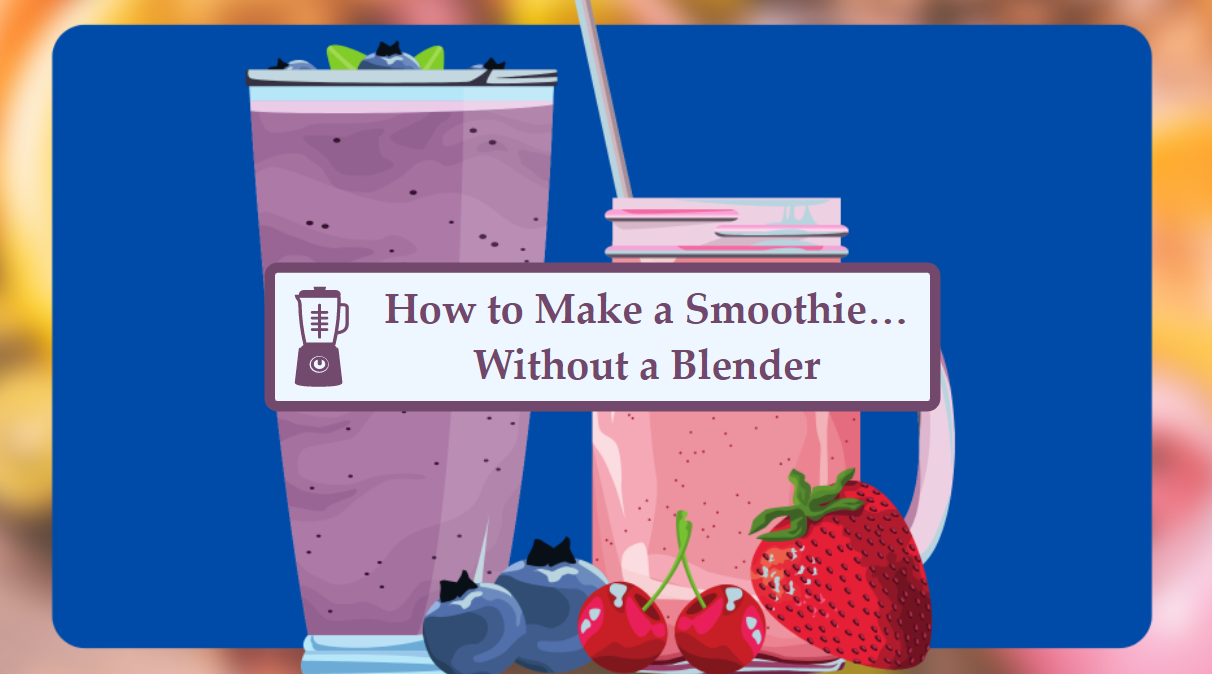
eLearning Heroes #394 (Drag and Drop…Smoothies?)
This week’s eLearning Heroes was a challenge for me to come up with an idea. I spent the first of my five hours just chasing various ideas and researching possible topics because I am definitely not a SME on smoothies. I prefer when it’s based around an interaction or raw topic than in response to another training like this, because I didn’t want to be redundant to the example given but had no idea on the topic! (I also have no recipes for basically anything.)

Transition Tip #2: Run Towards Something
I’m going to back up from your needs assessment and gap analysis to that focus step: So you say you want to be an instructional designer, but do you? Are you excited about it? Or does it just sound like “the most straightforward transition” (I have heard teachers say this line directly, and I have to say I think it’s actually not the most straightforward plan for many educators).
There are tons of things teachers can do.
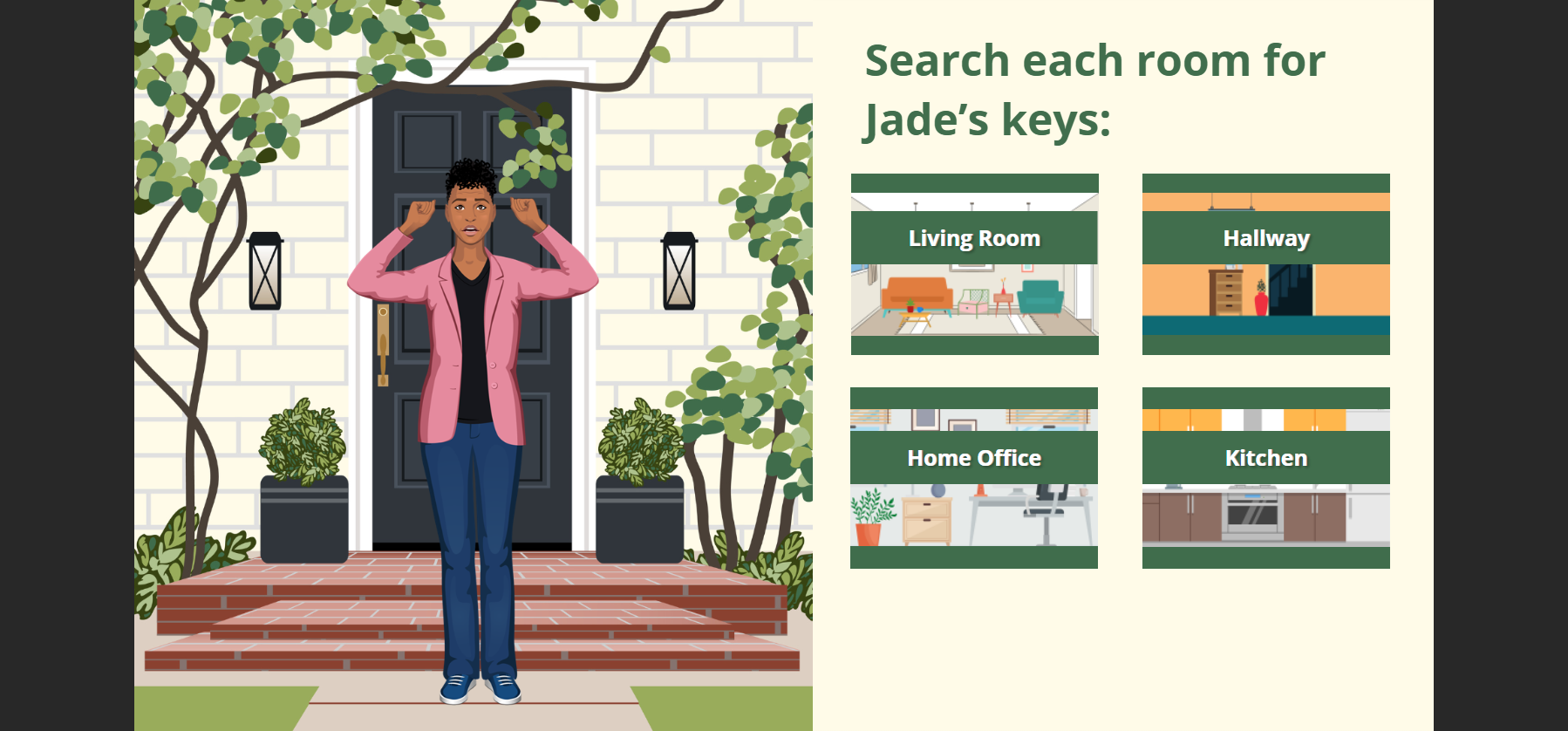
eLearning Heroes Challenge #390 (Variables and Conditional Navigation)
It’s always a little easier when I don’t have to think up and potentially research a thing that’s actual learning, so this is purely a demo of the function—no learning objective, just helping Jade search rooms for her keys.
But it illustrates how you can have branching options (customer interactions/visits/deliveries, home health visits, tasks during a process that can be done out of order, etc.) for the user/learner as the rooms can be visited in any order and even if they were many slides long, I can use True/False variables to ensure the user doesn’t move on until they’re all fully explored.

Zombies and eLearning Heroes #393
I am keeping myself under 5 hours with these, including the “Work Out Loud” video for the blog, so I couldn’t fully put together the PSA videos or find all the perfect images I wanted, but I think I got the deadpan idea of Brooks’s books across in the training. This is a pretty simple one — no fancy elements really, just good clean zombie fun!
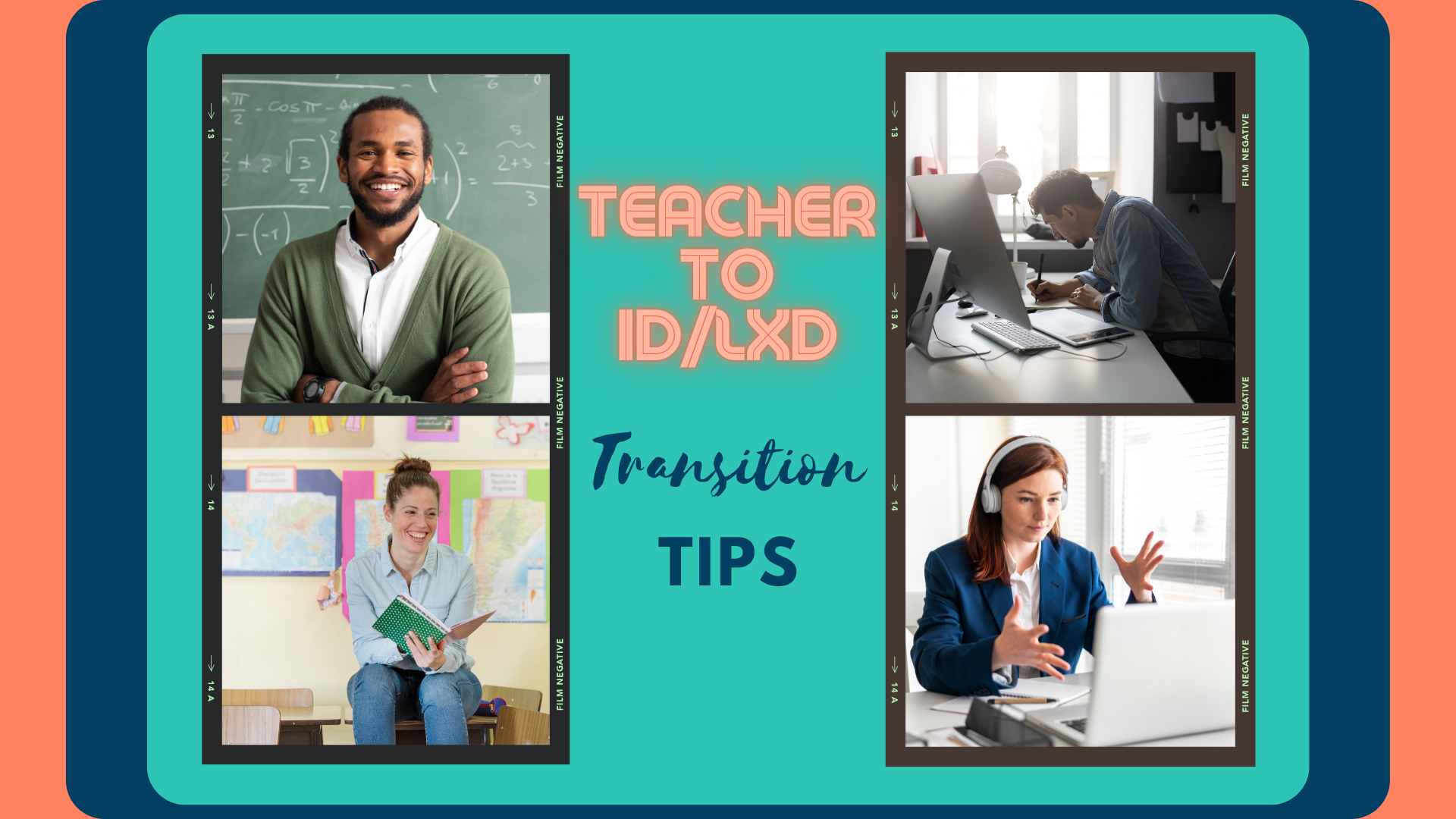
Transition Tip #1: Conduct a Needs Assessment
I conducted my own needs analysis, and what I did was built off of my own gaps—what did I know vs. what didn’t I know? And the more you learn, the more you realize you don’t know, of course! But because I planned my gap analysis in full upfront, I knew what I was going to put in my portfolio/develop to show existing skills vs. where I needed to go learn.